
Insights from the working group with Günther Vogt and Ákos Moravánszky
At the Friday Circle with Swiss architects Günther Vogt and Ákos Moravánszky, the majority of attendees were primarily professionals from the field of landscape architecture. The topics discussed revolved in many directions around all the main components of the field, such as history, theory, and practice. Landscape architecture is currently perceived as, to some extent, a new field, or rather a field that is newly encroaching into broader areas of urbanized space. The emphasis of the discussion and the focus of all participants were therefore directed towards the development of landscape architecture, the way of educating new generations of professionals, and its presentation to associated disciplines and the public.
Both main guests spoke about their experiences teaching students at ETH Zurich. They presented new approaches in education that primarily aim to connect seemingly incompatible, and thus typically separately taught, aspects of the field. An example is the connection between history and theory or the connection between theory and practice. The synthesis of these areas, from their perspective, motivates students to work more independently and think autonomously. A sensitive and local approach to work corresponds to one of the main directions of landscape architecture particularly promoted by Günther Vogt. According to both speakers, the success of a project lies in a thorough understanding of the environment in which the architect operates, and in sensibly thought-out interventions that they subsequently make. Key factors include, for example, studying historical sources, a sense of belonging to history and continuity with it, or a thorough understanding of the materials used. It should be noted that this approach to architecture is very successful in Switzerland, exemplified by architect Peter Zumthor, with whom Günther Vogt also collaborates, among others.
This tendency promoting ecology and locality is further developed through practice. Günther Vogt is not an advocate of grand iconic visions; on the contrary. According to him, design should be almost "invisible," which in his translation means one hundred percent functional. Architecture is essentially a complex field, and therefore, from his perspective, a problem arises at the moment of specialization. This fact essentially narrows the architect's field of vision, potentially causing them to overlook many important aspects. In practice, therefore, Günther Vogt places great emphasis on the initial phase of preparation and research related to the environment or actively collaborating with various professionals. An example of the significant influence this can have is his project surrounding the Laban Dance Center in London, where no trees were planted due to the presence of the European Robin, to ensure that the robin would not be threatened by other bird species.
Another important aspect discussed for practice was the cultural context. Surprisingly, it was stated that a strong tradition in landscape architecture can mean difficult maneuvering for contemporary creation. Evidence of this is the conservative work of architects from Great Britain. In contrast, Switzerland is a country without significant architectural tradition, and therefore, according to both architects, it has much greater room for new directions. From that perspective, it is therefore very close to the Czech Republic.
The way to navigate in such a new environment without traditions and quality examples, according to Swiss experts, is tied back to the quality of education. The quality of education is closely related to the quality and manner of thinking. An architect must understand all connections and feel responsible. It is essential to know how to present a project. Therefore, interaction with the public is crucial. Success can only come if the public has the opportunity to understand the solutions. A project must be built on solid foundations, knowing why each aspect of the project is important and being able to explain the issues. There are always important factors that need to be taken into account, as it is never possible to say that there is nothing at a given place. Such a place, according to Günther Vogt, does not exist.
The discussion circle with architects Günther Vogt and Ákos Moravánszky presented one possible direction of contemporary landscape architecture. One can agree or disagree with them, but in any case, it must be acknowledged that they are very inspiring.
Both main guests spoke about their experiences teaching students at ETH Zurich. They presented new approaches in education that primarily aim to connect seemingly incompatible, and thus typically separately taught, aspects of the field. An example is the connection between history and theory or the connection between theory and practice. The synthesis of these areas, from their perspective, motivates students to work more independently and think autonomously. A sensitive and local approach to work corresponds to one of the main directions of landscape architecture particularly promoted by Günther Vogt. According to both speakers, the success of a project lies in a thorough understanding of the environment in which the architect operates, and in sensibly thought-out interventions that they subsequently make. Key factors include, for example, studying historical sources, a sense of belonging to history and continuity with it, or a thorough understanding of the materials used. It should be noted that this approach to architecture is very successful in Switzerland, exemplified by architect Peter Zumthor, with whom Günther Vogt also collaborates, among others.
This tendency promoting ecology and locality is further developed through practice. Günther Vogt is not an advocate of grand iconic visions; on the contrary. According to him, design should be almost "invisible," which in his translation means one hundred percent functional. Architecture is essentially a complex field, and therefore, from his perspective, a problem arises at the moment of specialization. This fact essentially narrows the architect's field of vision, potentially causing them to overlook many important aspects. In practice, therefore, Günther Vogt places great emphasis on the initial phase of preparation and research related to the environment or actively collaborating with various professionals. An example of the significant influence this can have is his project surrounding the Laban Dance Center in London, where no trees were planted due to the presence of the European Robin, to ensure that the robin would not be threatened by other bird species.
Another important aspect discussed for practice was the cultural context. Surprisingly, it was stated that a strong tradition in landscape architecture can mean difficult maneuvering for contemporary creation. Evidence of this is the conservative work of architects from Great Britain. In contrast, Switzerland is a country without significant architectural tradition, and therefore, according to both architects, it has much greater room for new directions. From that perspective, it is therefore very close to the Czech Republic.
The way to navigate in such a new environment without traditions and quality examples, according to Swiss experts, is tied back to the quality of education. The quality of education is closely related to the quality and manner of thinking. An architect must understand all connections and feel responsible. It is essential to know how to present a project. Therefore, interaction with the public is crucial. Success can only come if the public has the opportunity to understand the solutions. A project must be built on solid foundations, knowing why each aspect of the project is important and being able to explain the issues. There are always important factors that need to be taken into account, as it is never possible to say that there is nothing at a given place. Such a place, according to Günther Vogt, does not exist.
The discussion circle with architects Günther Vogt and Ákos Moravánszky presented one possible direction of contemporary landscape architecture. One can agree or disagree with them, but in any case, it must be acknowledged that they are very inspiring.
The English translation is powered by AI tool. Switch to Czech to view the original text source.
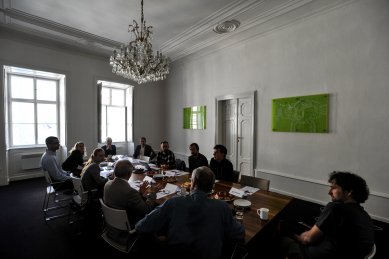
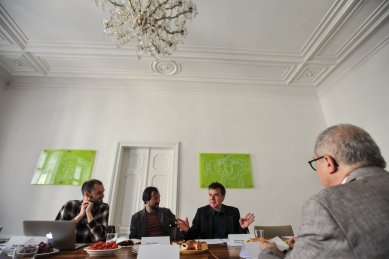
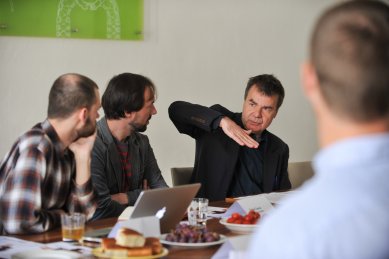
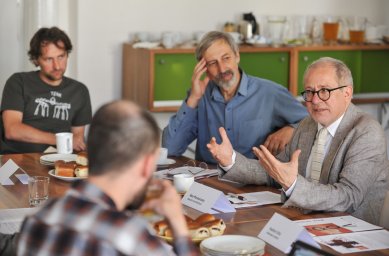
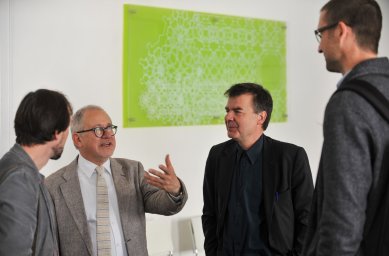
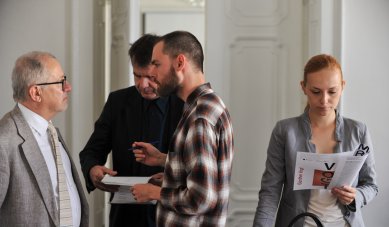
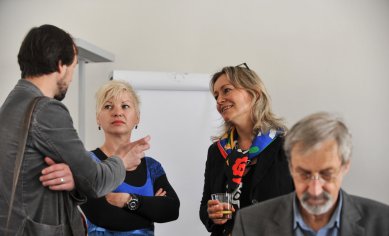
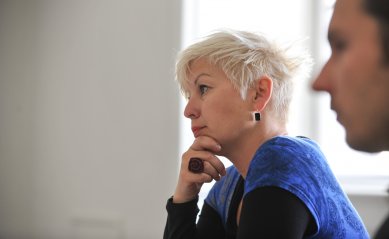
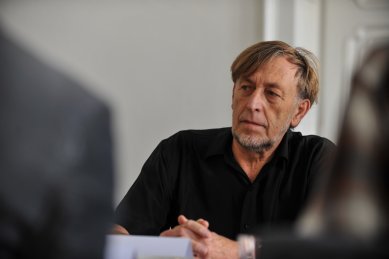


0 comments
add comment












